201 stainless steel J series classification
J series is a set of stainless steel material specifications formulated by Japan, which classifies stainless steel materials according to certain components. J1, J2, J3, J4, and J5 are all made of 201 manganese steel with different elements added. They are stainless steel materials with five different chemical compositions.
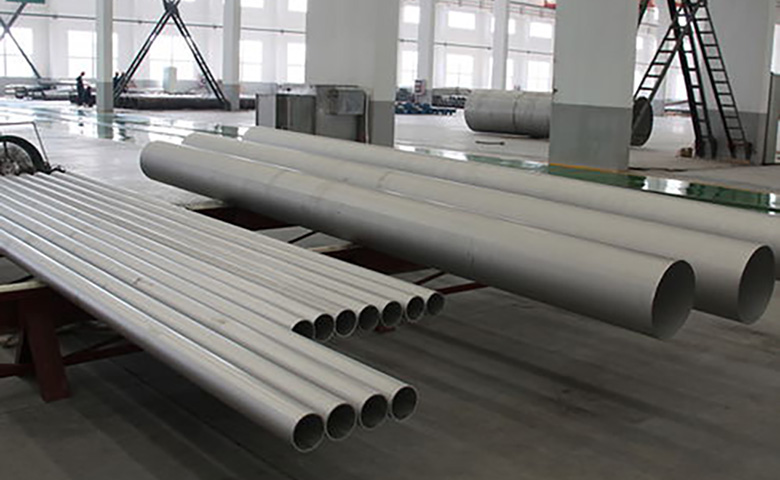
1.J1
The meaning of J1 is based on 201, with aluminum content accounting for 0.75-1.5%, nickel content less than 1%, and chromium content less than 16%. The carbon content is less than 0.15%, and 201 stainless steel accounts for more than 90%.
2.J2
J2 is based on the original 201 stainless steel with 1.5-2.5% copper added. The carbon content is less than 0.15%, the nickel content is less than 1%, and the chromium content is less than 16%. It has excellent properties in terms of material strength, impact resistance, and corrosion resistance, and is one of the most cost-effective stainless steel materials.
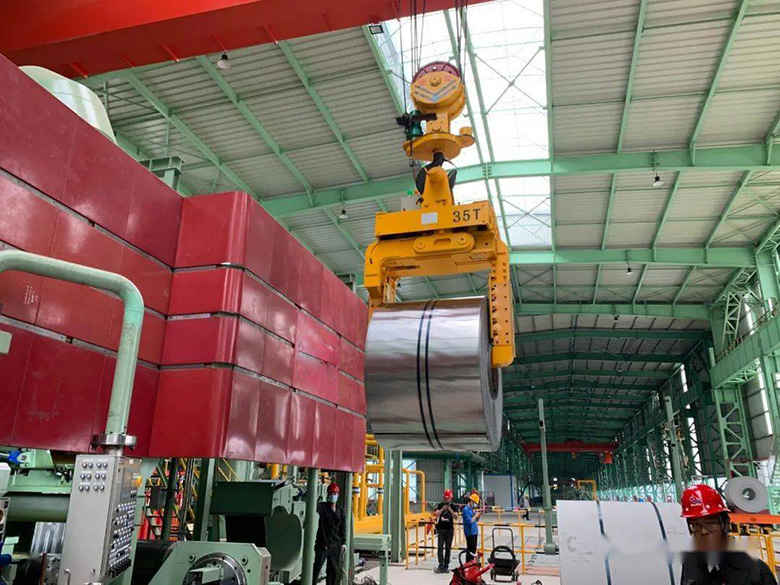
3.J3
J3 is based on the original 201. Magnesium replaces copper. The chromium content is between 12.5%-14.5% and the carbon content is between 0.15%-0.8%. It is commonly used in electrical appliances, electronic products and other fields, but its cost performance is not high.
4. J4
J4 contains more copper than J1 and J3, and the chromium content is more than 16%. It is more corrosion-resistant and has better performance. However, it is more expensive due to its higher copper content. J4 stainless steel is widely used in high-demand fields such as food processing, dyes, chemicals and pharmaceuticals.
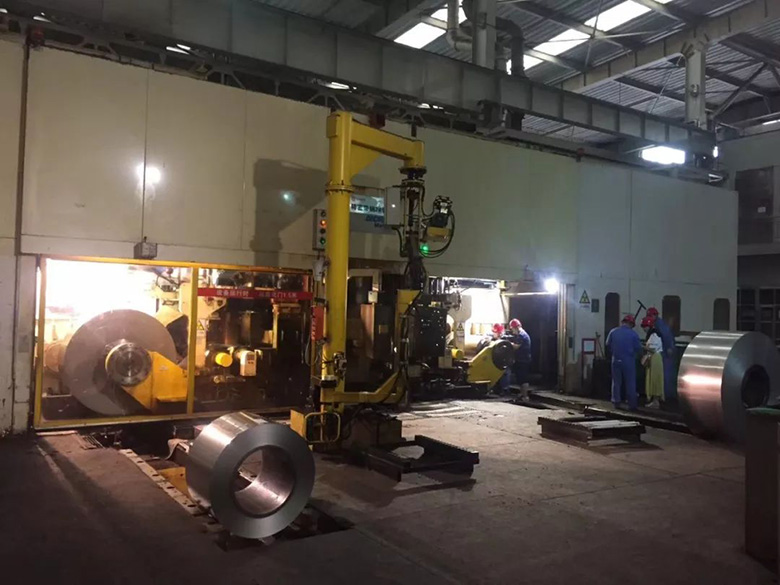
5.J5
J5 is very similar to J4, it is also 201 stainless steelcontaining a large amount of copper elements. However, what can be distinguished is that the chromium content in J5 is significantly lower than J4, and the price is relatively cheap. J5 stainless steel 201 is usually used in furniture, building decoration and other fields.
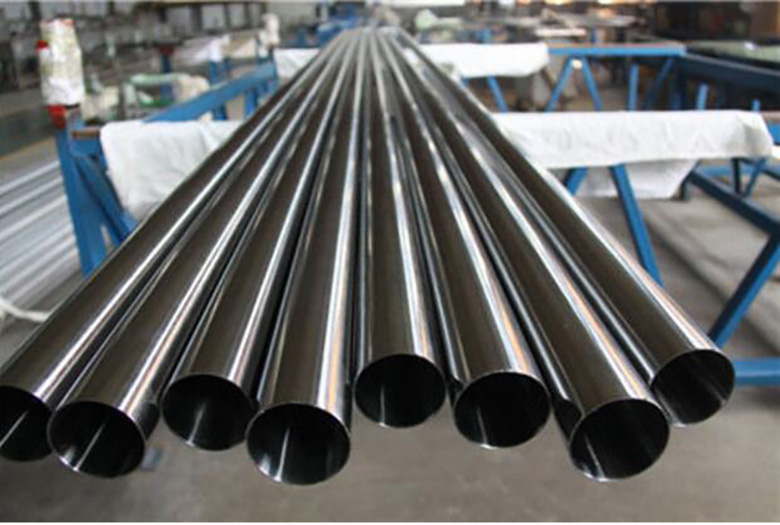
Generally speaking, the composition differences of the five J series stainless steel 201 are mainly reflected in carbon content, copper content, chromium, nickel and other ingredients. Different ingredient contents cause great changes in price and performance, and the specific selection should be based on the application scenario.
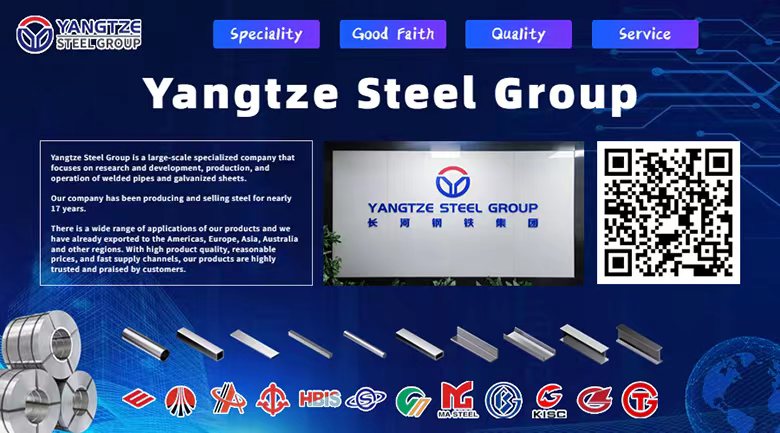
Editor: Lucas
Mail: lucas@yangtzesteel.com








